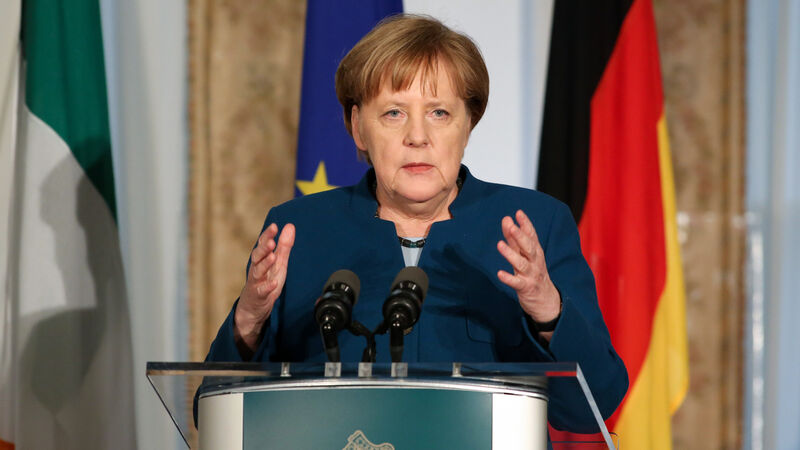Positive pensioners: Old really is gold in the silver economy

Retiring happy: Angela Merkel, former Chancellor of Germany, is one of a generation of happy baby boomers.
In the Europe of 2060, one in three inhabitants will be over 65.
A similar trend of increasing life expectancy and reversal of the population pyramid will be followed by the rest of the developed countries on the planet.
The forms of consumption will change and older people will become the engine of the so-called silver economy.
The baby boomers, people born between 1935 and 1960, grew up in a post-war world, took to the streets in May 1968, brought down the Berlin Wall, include among their number figures like Angela Merkel, former German Chancellor, and Bill Gates, co-founder of Microsoft.
The members of this generation are not weighed down by the years; on the contrary, they feel as young and as full of life as their children. In addition to having more free time, especially those who have already reached retirement, they have eleven times more wealth than millennials, according to data from the American Federal Reserve.
The secret of this second youth is linked to the spectacular increase in life expectancy in recent decades. World Bank and World Health Organization (WHO) statistics indicate that the total population over 60 will have doubled by 2050 compared to 2000.
The main consequence of increased longevity, coupled with the general decline in the birth rate worldwide, is the reversal of the population pyramid.
This means that there are more older people and less young people – as was verified in 2018 by an extraordinary occurrence when the over-65s surpassed the under-5s for the first time in the history of humanity, as revealed by the United Nations (UN).
The silver economy includes all those economic activities, products and services designed to meet the needs of people over 50. This concept, derived from the so-called silver market that emerged in Japan, the country with the highest percentage of people over 65, during the 1970s to refer to the senior market, brings together sectors as diverse as health, banking, automotive, energy, housing, telecommunications, leisure and tourism, among others.
One of the keys to the silver economy will be in technological innovation. Advances in home automation, Artificial Intelligence (AI), Internet of Things (IoT), eHealth and other services typical of smart cities, arouse the interest of a public that is mature but that is too young to feel old.
The features that best define the consumers of the silver economy:
- They have high purchasing power and are free of economic burdens.
- They use their time to do what they always wanted: to travel, enjoy new experiences, give themselves a treat, etc.
- They are active people who like to take care of themselves, play sports, eat well, be fashionable and have fun.
- They are loyal to their brands, consume more than young people and require more specific and personalised products and services.
- They have more free time and like to take advantage of it with cultural and leisure activities.








